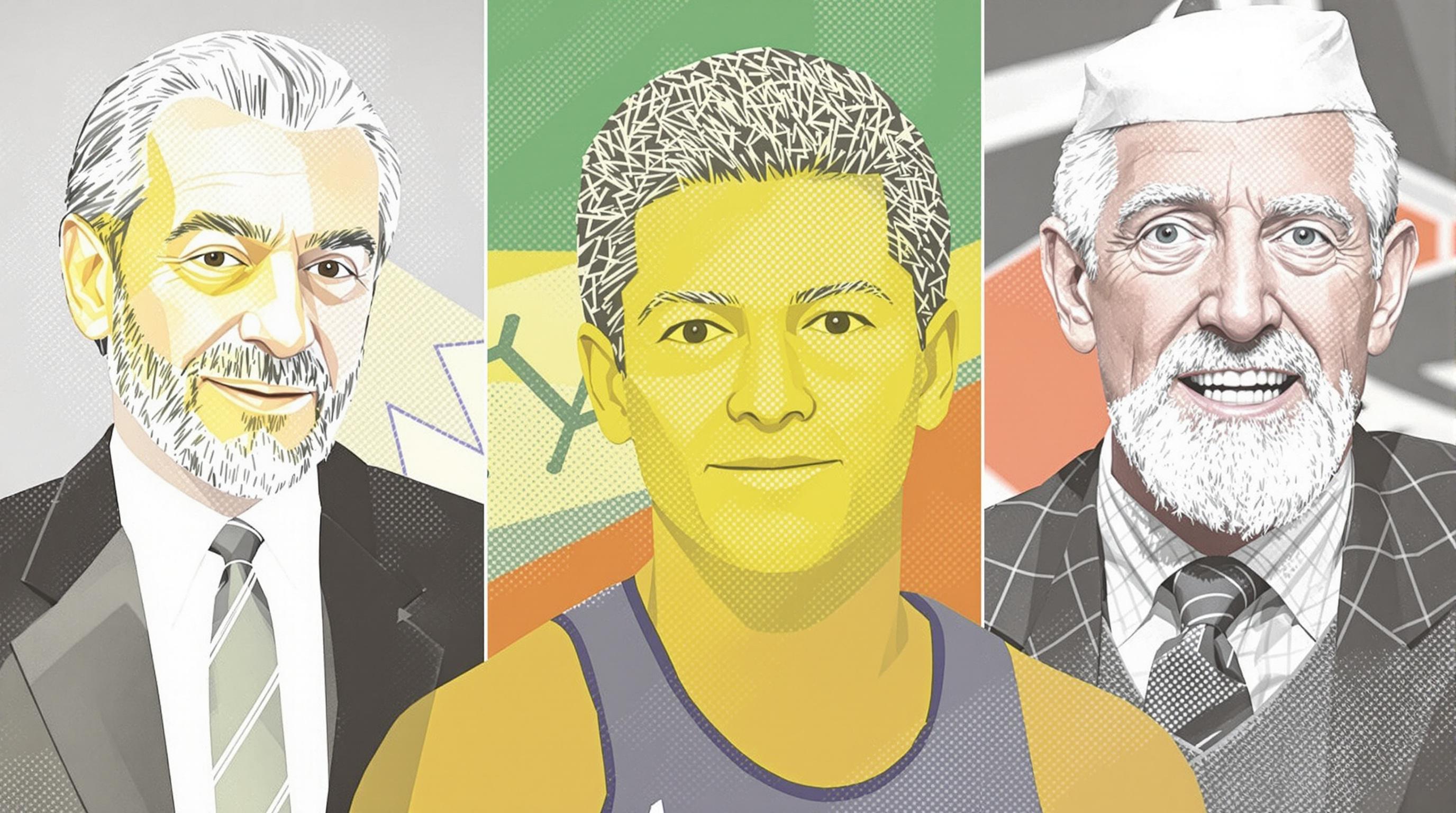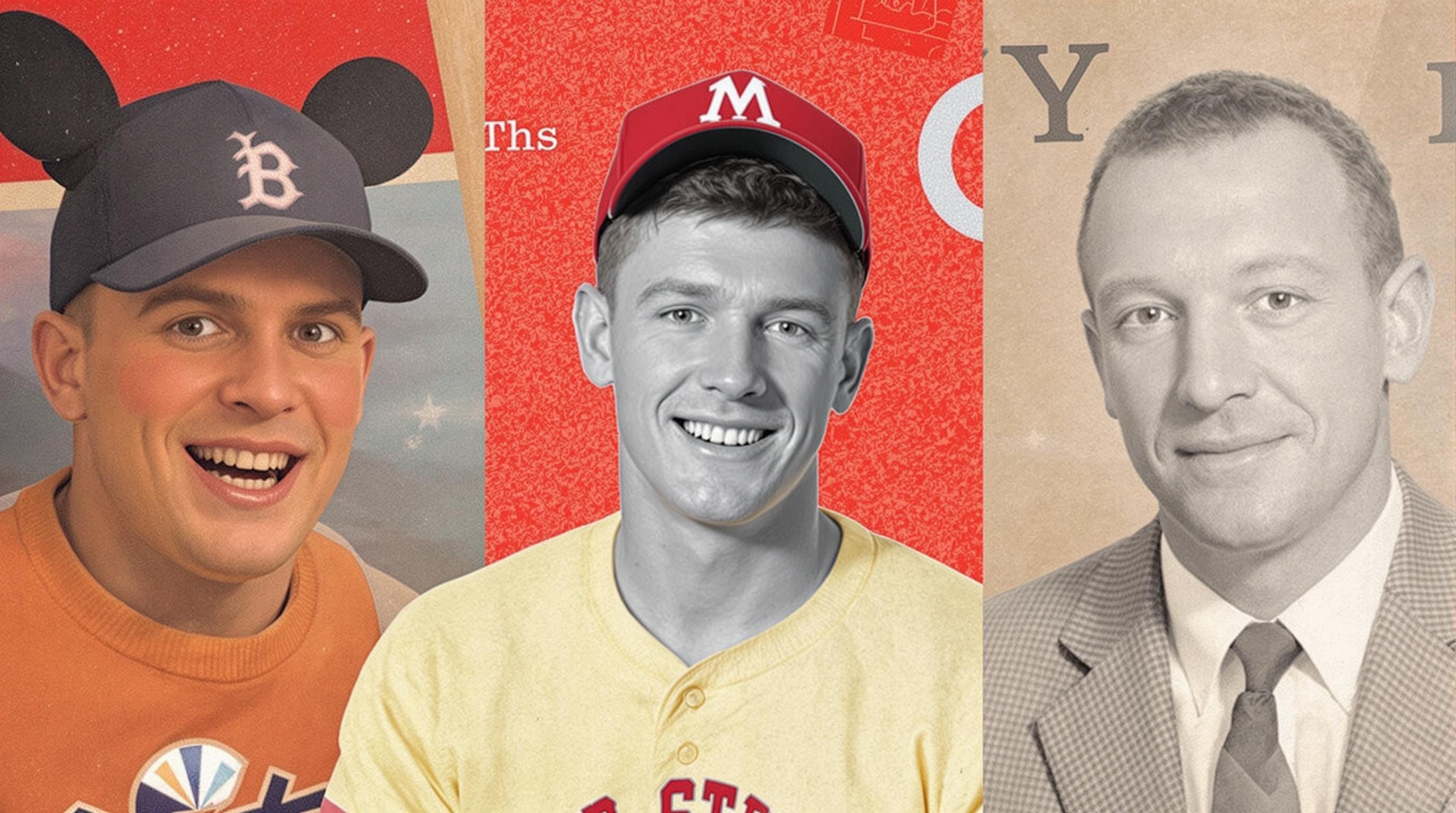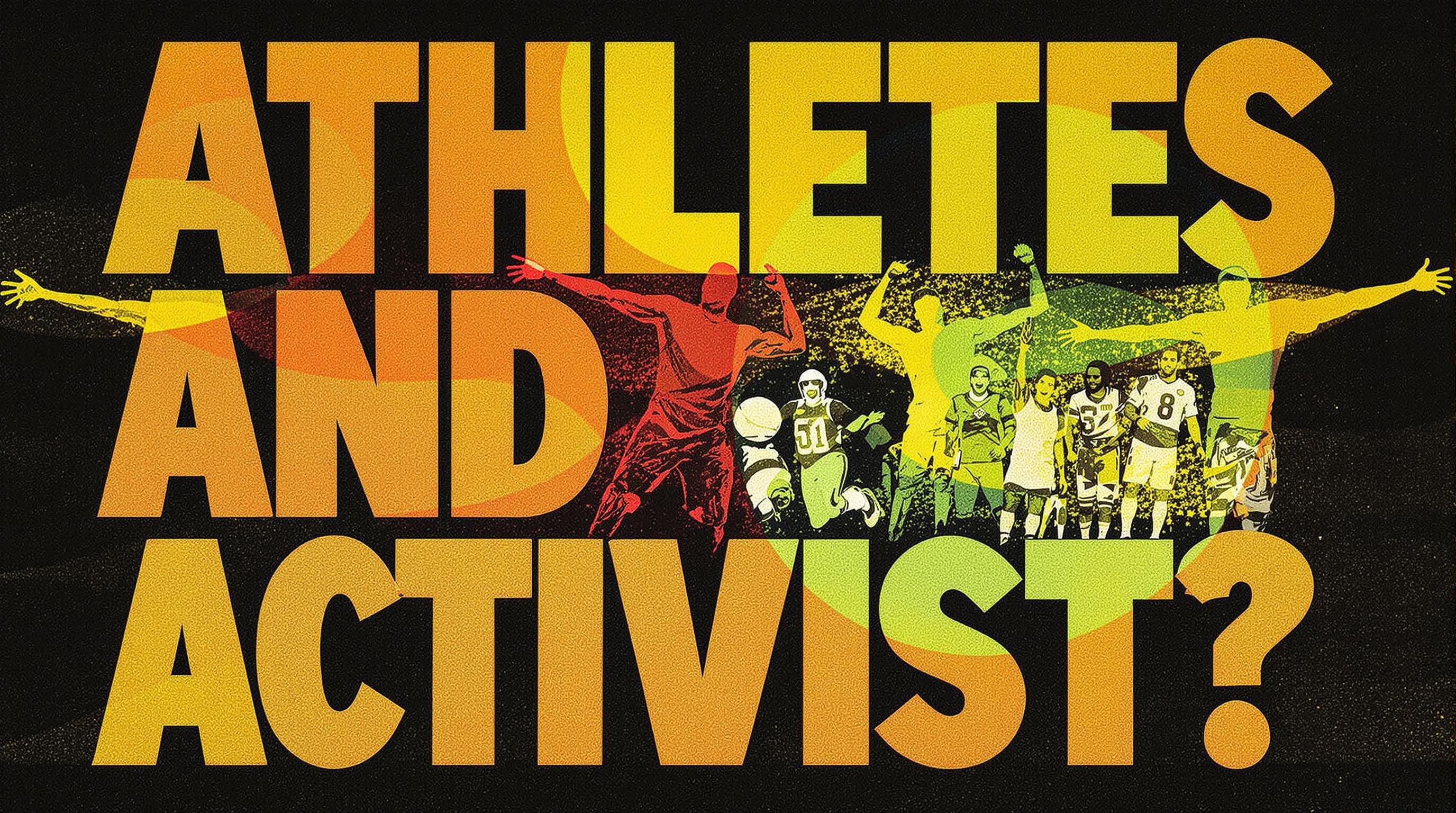Related Articles
- Cultural Collisions: How Colonialism and Conquest Transformed Games and Their Rules Across Continents
- The Eccentric Anomalies of Game Etiquette: Odd House Rules That Defied Generations
- Unveiling the Unconventional: The Role of Secret Societies in Shaping Game Regulations Across Time
- Revisiting the Cultural Phenomenon: How Iconic Championships Influenced Fashion Trends on and off the Field
- Revisiting the Aftermath: How Championship Wins Shape Community Identity and Local Economies
- The Role of Unexpected Weather Events in Shaping Championship Outcomes: A Tidal Wave of Influence
From Hall of Fame to Hall of Shame: The Unexpected Downfalls of Sporting Icons and Their Legacy Rewrites
From Hall of Fame to Hall of Shame: The Unexpected Downfalls of Sporting Icons and Their Legacy Rewrites
The alluring glow of sports icons often masks the shadows that can lead to their downfall, as illustrated by numerous athletes whose legacies have taken unexpected turns. This article explores the fascinating yet tragic journeys of these individuals, from their glorious peaks in the Hall of Fame to the depths of the Hall of Shame, digging deep into what ultimately taints their esteemed legacies.
Icons on the Rise: The Spark of Greatness
Before delving into their downfalls, let's revel in the glory these icons once held. The likes of Michael Jordan, Serena Williams, and Tom Brady have not only set records but have also transcended their respective sports, becoming cultural touchstones.
Michael Jordan’s Air Jordan sneaker line still generates over $3 billion annually, epitomizing how an athlete can influence markets and trends long after their retirement. Meanwhile, Serena Williams has wielded her celebrity status to impact social issues such as gender equality and racial discrimination, igniting discussions and movements across the globe.
The Inevitable Fall: From Glory to Infamy
Yet, for every hallowed hallmark in sporting history, there are also unfortunate missteps that tarnish legacies. Take Lance Armstrong, for instance. Once hailed as a cancer survivor who revolutionized cycling, his reputation plummeted following revelations of his systematic doping practices, leading to a lifetime ban from the sport. Endorsed by brands like Nike and Oakley, Armstrong's fall from grace is a stark reminder of how quickly public perception can change.
Statistics Tell the Story
Statistics can reveal startling truths. A 2022 study by the International Journal of Sports Marketing revealed that 71% of brands pull endorsements within two weeks following a scandal involving their athlete, clearly showcasing how precarious their reputations can be. Athletes, once revered, may suddenly find themselves in the Hall of Shame, with their actions scrutinized under a microscope.
Case Studies and Culture Shocks
Another emblematic case of downfall is former NFL star O.J. Simpson. From his historic football accolades and Hollywood roles to infamous murder accusations, Simpson’s narrative highlights the shocking juxtaposition of glory and disgrace. Once a beloved figure, he is now often associated with tragedy and notoriety, illustrating how deeply personal choices can echo through time, reshaping public memory.
Humor: Could It Be? The ‘Oops’ Factor
Some downfalls are comic, almost theatrical in their absurdity. Remember former NBA player Shawn Kemp? Known for his spectacular dunks, Kemp's post-retirement antics led many to raise an eyebrow. From fathering multiple children (a reported 7 kids with 6 baby mamas) to his run-ins with the law regarding drug possession, Kemp’s legacy is now often reflected upon in the context of a comedic ‘what not to do’ playbook. Sometimes, it's less about the statistics and more about the hilariously stunning decisions.
Lessons from Downfalls
What can we learn from these stories? The legacies of these athletes serve as compelling case studies—teaching us that human flaws often overshadow achievements. The rise and fall of sporting icons underscore the importance of personal integrity and remind fans that those they idolize are, in fact, human. Each downfall is a cautionary tale, reminding us to recognize the underlying complexities of celebrity and success.
The Roles of Media and Society
As sports fans, we should also consider the role of the media in shaping these narratives. The rise of social media led to instantaneous coverage of athletes' actions, leading to quicker judgments and public outrage. When news broke that Tiger Woods had been involved in extramarital affairs, the public reaction was immediate and intense, reshaping his persona almost overnight. Woods lost numerous sponsorships and experienced public ridicule, illustrating how media scrutiny can lead to quick verdicts that often eclipse the full story.
Reputation Rehabilitation: Can It Be Done?
Surprisingly, while some athletes have paid dearly for their mistakes, others have managed to claw back into the public’s good graces. Examples include Kobe Bryant, whose legal troubles in 2003 threatened to overshadow his legacy. However, through hard work, reconciliation, and earnest attempts to elevate women's sports, he succeeded in reshaping public perception before his heartbreaking passing in 2020.
What about Redemption? Fan Perspectives
Fans, it seems, are often willing to forgive—especially if the individual displays remorse or initiates positive change. According to a survey performed by Fan Engagement Consulting in 2023, 63% of sports fans believe that redemption stories add to sports narratives, suggesting an appetite for second chances.
Casual Conversations: Lunchroom Discussions
Imagine sitting around the lunch table, swapping stories about the latest sports fiascos. Your friend mentions how former baseball player Alex Rodriguez was caught using performance-enhancing drugs and subsequently had to confront his tarnished legacy. Someone chimes in about the time he was all over the tabloids but somehow managed to redefine himself as a media persona and baseball announcer. The conversations become animated, showcasing how casual interactions can reflect larger societal observations on fame and failure.
Your Opinion Matters: Engaging Readers
As a reader, where do you stand? Do you believe athletic glory should outweigh personal flaws, or do scandals irrevocably alter your view of an icon? Engaging our readers in discussion allows for a rich tapestry of opinions, reminding us that sports fandom is rarely a black-and-white affair.
Personal Responsibility in Sports
What remains clear is the vital role of personal accountability for sporting icons. Their influence stretches beyond the field, affecting fans and aspiring athletes alike. As an 18-year-old sports writer, I’ve watched younger players idolizing these icons only to later view them with disappointment. The duality of the hero and the fallen underlines the importance of role models who inspire not only through performance but also through their actions off the field.
Conclusion: The Legacy we Forgive and Forget
In summation, the juxtaposition of Hall of Fame athletes slipping into the Hall of Shame provides poignant insights into human nature. The duality of fame and infamy invites continuous discourse surrounding personal integrity, media scrutiny, and societal expectations. Perhaps the eternal question each of us must answer is: What does it take to truly redeem oneself? Ultimately, the legacies we remember—whether celebrated or condemned—serve to shape our understanding of greatness in the world of sports, perpetually reminding us of our shared humanity.



